June 15, 2025 | 07:29 GMT +7
June 15, 2025 | 07:29 GMT +7
Hotline: 0913.378.918
June 15, 2025 | 07:29 GMT +7
Hotline: 0913.378.918
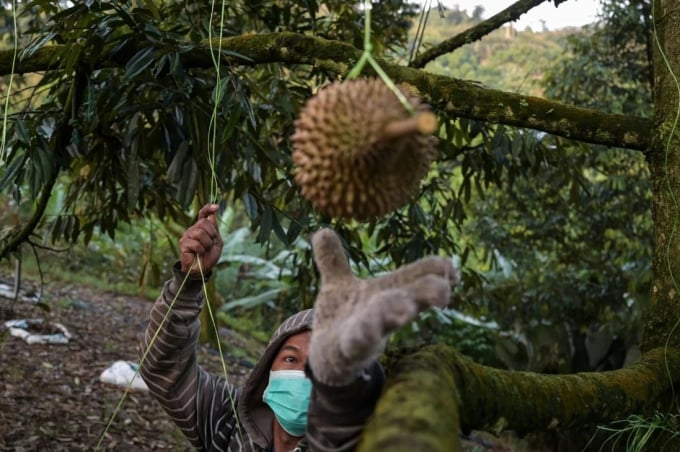
A Malaysian worker harvesting a durian. Photo: AFP.
Tan Chee Keat, who owns orchards in Balik Pulau, Teluk Bahang and Teluk Kumbar, predicted that the durian season would run from May to August.
“The yield this year may come later but the fruit quality is expected to be a lot better than last year,” he said. “This is because there was intermittent rain nearly every month last year but since December, we have seen very little rainfall.
“This helps to ensure that the durian pulp will come out thick and sticky, unlike previous years where the pulp was too moist.”
Tan said despite the dry season, his worries were not over yet.
“Dry weather is generally good for durian trees but if the weather is too hot and dry, the flowers may wilt before pollination can happen,” he said. “As such, we need to manually spray water over the trees in the morning to help the flowering and pollination process.”
Tan said since the dry weather was consistent throughout the state, orchard owners were expecting durians to fall en masse.
“Previously, some areas may get rainfall, which delayed the flowering or fruiting process,” he said. “This year, we expect fruits from different orchards to come into the market around the same time.”
Another durian orchard owner, Tan Hock Hoe, 43, also predicted a May durian season.
“But as the weather is too dry, it is hard to predict the yield as well as the prices for this year,” he said. “For now, I believe a lot of orchard owners are experiencing the same thing. We are seeing a lot of flower buds but whether we can see successful fruiting is another matter.
“This is because the weather has been really hot these days. If the flowers cannot pollinate and die off, it will definitely affect fruiting.”
(SCMP)
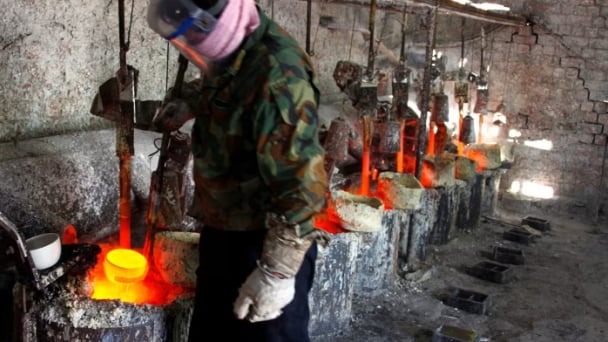
(VAN) Extensive licensing requirements raise concerns about intellectual property theft.
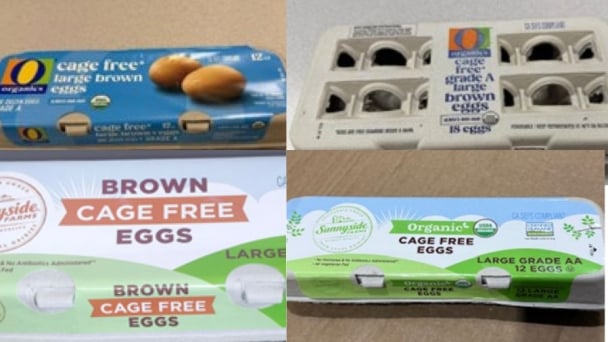
(VAN) As of Friday, a salmonella outbreak linked to a California egg producer had sickened at least 79 people. Of the infected people, 21 hospitalizations were reported, U.S. health officials said.
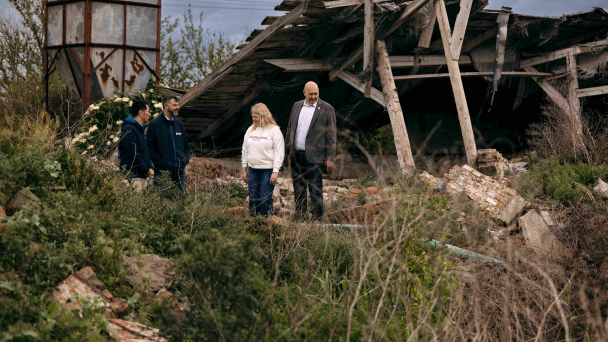
(VAN) With the war ongoing, many Ukrainian farmers and rural farming families face limited access to their land due to mines and lack the financial resources to purchase needed agricultural inputs.

(VAN) Vikas Rambal has quietly built a $5 billion business empire in manufacturing, property and solar, and catapulted onto the Rich List.
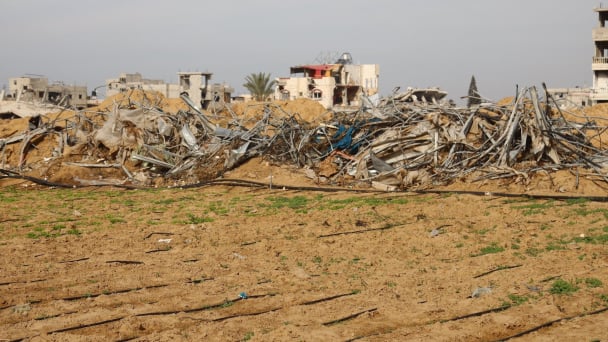
(VAN) Available cropland now at less than five percent, according to latest geospatial assessment from FAO and UNOSAT.
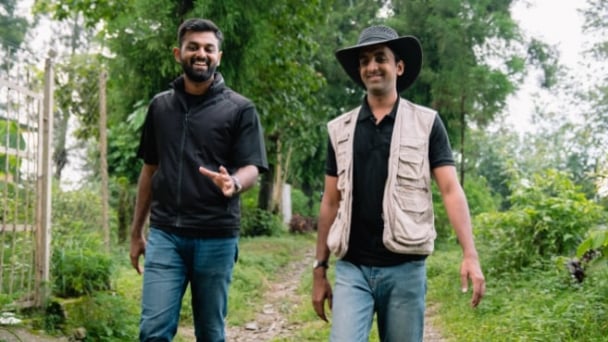
(VAN) Alt Carbon has raised $12 million in a seed round as it plans to scale its carbon dioxide removal work in the South Asian nation.
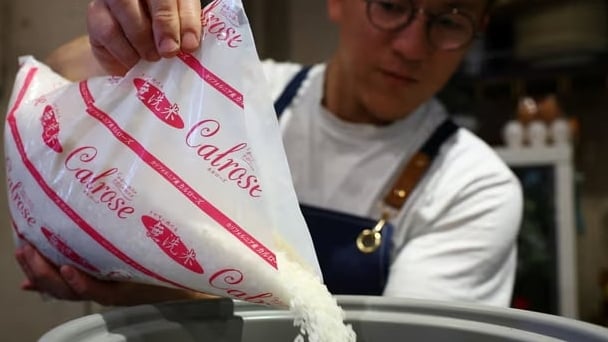
(VAN) Attempts to bring down the price of the Japanese staple have had little effect amid a cost-of-living crisis.